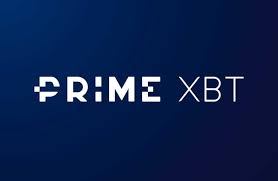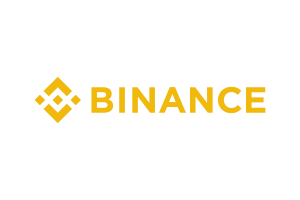5 Strategies to Determine the Legitimacy of a Financial Newsletter
You discover a new financial newsletter that seems interesting. You’re thinking about signing up for it. However, something is holding you back.

You’ve heard quite a few horror stories of financial newsletter publishers defrauding people, so you’re leery.
Should you trust their advice, or do they have their own agenda?
It’s a good question, and you’re right to be concerned.
Many financial newsletters are the real deal and provide quality advice. Unfortunately, however, some aren’t entirely above board. Either the advice is poor, or they’re used to defraud readers through schemes such as scalping, pump-and-dump, or touting.
Read on to discover five strategies that will help you determine the legitimacy of a financial newsletter.
Check the Disclosures
If a financial newsletter claims to provide unbiased advice, don’t take them at their word. Even if the publisher doesn’t seem to be pushing a particular broker, it’s no guarantee that they aren’t still profiting from the advice they’re giving you.
So, make sure to check their disclosure about receiving compensation. If they don’t have one, or the disclosure is vague or difficult to find, you’re better off finding a different newsletter.
On the other hand, if their disclosure seems transparent and specific, you should still think twice if this is the only criteria they meet. Some newsletters have been known to include seemingly legitimate disclosures just to trick people into thinking they’re honest.
Check Into the Newsletter’s Publisher
Look into the company issuing the newsletter. First, start by checking their background. Check the country they claim to be registered in and verify their license by going onto the appropriate financial authority’s website, such as:
- United States: SEC’s IAPD website or FINRA’s BrokerCheck site
- United Kingdom: FCA’s Financial Services Register
- European Union: List of Regulatory Authorities by Country or the ESMA Registry.
In most cases, those same sites will also reveal if the publisher has been subject to any regulatory actions.
Even if the company comes up clean, you should dig further. Just because a company is legitimate, there’s no guarantee they have the experience to provide sound financial advice.
Verify the Quality of the Financial Newsletter’s Advice
The best way to check the quality of the advice a financial newsletter provides is through online research. Look into reviews of the newsletter but also of the people providing the advice.
Don’t just read blog posts or articles. Companies often pay bloggers to write positive reviews. Instead, dig into review sites and social media, where you can read real user’s comments.
You should also check reputable sites that provide unbiased reviews and user feedback, such as Investimonials. Consider getting in touch with previous and current subscribers to get their opinions.
Avoid Newsletters with Unrealistic Promises
You sometimes see financial newsletters that make exciting promises regarding performance. “If you follow our advice, you’ll double your money overnight,” for example.
It’s easy to spot outlandish promises when it comes to investing or trading, but sometimes it’s not quite as clear-cut. Something like a 35% return, for example, might seem reasonable.
However, remember that the average stock market return has been 10% per year for almost 100 years.
Of course, some investors will get better returns than others, but it’s still a good idea to do a little more research to make sure.
Usually, sites like Investimonials.com are an excellent source of information because they provide reviews and feedback from real users.
If the newsletter is promising incredible performance, though, don’t bother digging any deeper. Just move on.
Don’t Allow Yourself to Be Pressured
Some less-than-scrupulous financial newsletters will appear legitimate in every other area, but then they start pressuring you. A quality financial newsletter that you can trust will never pressure you into doing anything.
Firstly, investing or trading under pressure is the worst thing you can do because it leads to mistakes. Secondly, investment opportunities aren’t going to dry up just because you didn’t buy into one company’s stock.
Newsletters that make their stock picks seem urgent tend to have a hidden agenda. For example, they might be trying to run a fraudulent scheme like a false promotion to increase the value of shares they already own.
They might even be earning a commission on the shares they promote. In this case, you might get calls from the publisher asking you intrusive questions about what and how much you’ve been trading. They’re just trying to figure out what they can claim a commission on.
So, make sure to avoid any newsletter that puts pressure on you to do anything. You will not get rich overnight, nor will you miss out on the “opportunity of a lifetime.”
Conclusion
Many financial newsletters are entirely legitimate and provide quality advice. However, it’s always best to do your due diligence to avoid any unpleasantness.
Research the publisher, check their disclosures and dig into other people’s experiences with the newsletter. If a newsletter is making outlandish claims or is attempting to pressure you into doing something, then steer clear.
As long as you follow these strategies, you’ll increase your odds of dealing solely with legitimate financial newsletters. However, like with any financial advice, never follow anyone’s recommendations blindly. Instead, do your own research to make doubly sure.









